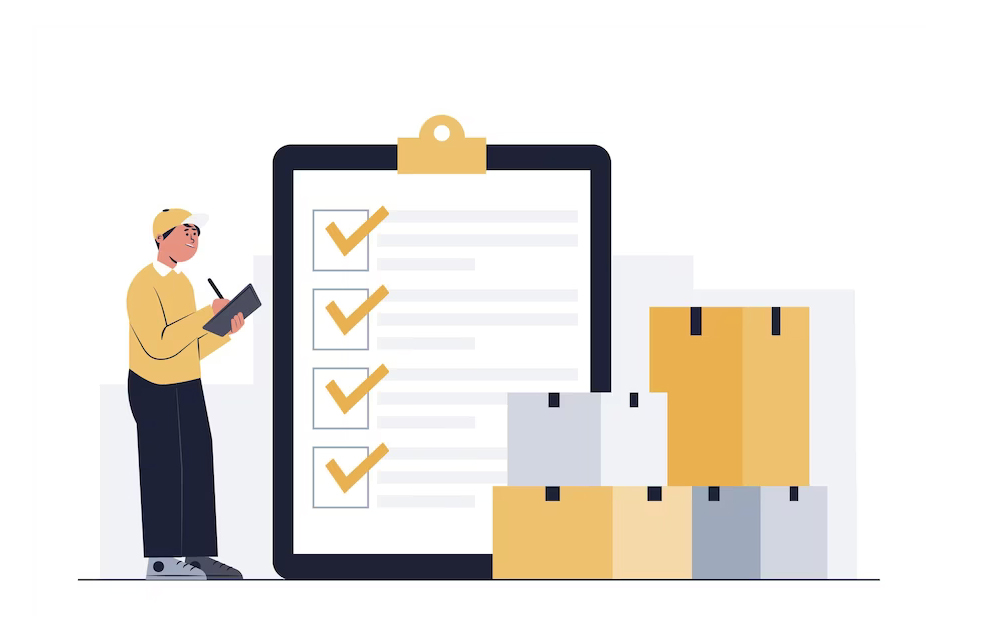It's important to acknowledge the vital role played by administrative professionals in the success of any busi...
Brickwork Blogs


Welcome to our latest blog post where we delve into the realm of "Best Practices for Purchase Order Management" In the present landscape of business, optimizing the purchase order process is crucial for maintaining smooth operations, cost-effectiveness, and healthy supplier relationships.
Whether you are a seasoned professional or just diving into the intricacies of procurement, this guide will provide valuable insights on what is the definition of a purchase order, its key components, how we manage purchase orders, etc.
What is a Purchase Order?
A purchase order (PO) is a commercial document issued by a buyer to a seller, indicating the type, quantity, and agreed-upon price for products or services. It serves as a legally binding contract between the buyer and the seller, outlining the terms and conditions of the purchase. The purchase order typically includes details such as product descriptions, specifications, payment terms, delivery dates, and any other relevant terms agreed upon by both parties.
Once the seller accepts the purchase order, it becomes a formal agreement, and both parties are obligated to fulfil their respective responsibilities as outlined in the document. Purchase orders are commonly used in business transactions to streamline the purchasing process and establish clear expectations between buyers and sellers.
What are the key components of a Purchase Order?
A comprehensive purchase order typically includes several key components to ensure clarity and effectiveness in the procurement process. The exact details may vary based on organizational needs and industry practices, but the following are common components found in a purchase order:
Including these key components in a purchase order helps ensure that both the buyer and seller have a clear understanding of the transaction, minimizing the potential for misunderstandings and disputes.

Case study Franchise Purchase Order Management Process
Overview of process:
Processing of POs submitted by clients from various franchises of the Medical Affairs team, validate the documents and ensure adherence to compliance requirements.
Problem statement:
Solution provided by Brickwork:
Benefits and Value Add:
Customer feedback:
The team offers a consistent service, that seems to be appreciated. The PO team is working very quickly, so we could reduce the total process time by several days which is a great achievement.
How can we manage Purchase Orders?
Managing purchase orders effectively is crucial for maintaining a smooth and efficient procurement process. Here are some key steps and best practices for managing purchase orders:
1. Establish a Standardized Process:
Develop a standardized process for creating, reviewing, approving, and tracking purchase orders. This helps ensure consistency and reduces the risk of errors.
2. Use Purchase Order Software:
Consider implementing purchase order management software to automate and streamline the procurement process. This can help reduce manual errors, improve efficiency, and provide better visibility into the purchasing workflow.
3. Centralize Purchase Order Management:
Centralize the management of purchase orders within your organization. Designate a specific department or team responsible for creating, tracking, and reconciling purchase orders.
4. Set Clear Approval Workflows:
Establish clear approval workflows to ensure that purchase orders undergo the necessary reviews before being issued. Define the roles and responsibilities of individuals involved in the approval process.
5. Maintain Accurate Vendor Information:
Keep vendor information up-to-date, including contact details, pricing agreements, and any other relevant details. This helps prevent communication gaps and ensures accurate order processing.
6. Monitor Budgets and Spending:
Implement a system for monitoring budgets and spending related to purchase orders. This helps prevent overspending and allows for better financial planning.
7. Implement Vendor Performance Monitoring:
Regularly assess and monitor vendor performance, including delivery times, product quality, and adherence to agreed-upon terms. This information can inform future purchasing decisions.
8. Track and Document Changes:
Maintain a clear record of any changes made to purchase orders. This includes changes to quantities, prices, or delivery dates. Proper documentation helps prevent misunderstandings and disputes.
9. Implement Electronic Document Management:
Move toward electronic document management to reduce paperwork and enhance accessibility. This facilitates easy retrieval of information and improves collaboration among team members.
10. Regularly Reconcile Purchase Orders:
Periodically reconcile purchase orders with invoices and receipts to ensure accuracy. This process helps identify discrepancies and facilitates the prompt resolution of any issues.
11. Train Staff and Stakeholders:
Provide training to staff and stakeholders involved in the purchase order process. Ensure that they understand the established procedures, software tools, and their respective roles in the procurement workflow.
12. Review and Improve Processes:
Regularly review the purchase order management process to identify areas for improvement. Solicit feedback from users and stakeholders to refine and optimize the workflow continually.
By implementing these strategies and maintaining a proactive approach to purchase order management, organizations can enhance efficiency, reduce errors, and build stronger relationships with vendors.
In conclusion, mastering the art of creating and managing purchase orders is a pivotal skill for any organization striving for operational excellence. By adhering to the best practices outlined in this guide, you're not only streamlining your procurement process but also fortifying the foundations of transparent and fruitful vendor relationships.
From establishing standardized workflows to leveraging cutting-edge purchase order management tools, the journey toward efficiency is marked by attention to detail, clear communication, and continuous improvement. As you implement these practices, you're not just managing transactions; you're laying the groundwork for a procurement strategy that fosters reliability, cost-effectiveness, and sustained success.
Also Read: Why Expense Management is Crucial for Your Business Success?
How can Brickwork help you?
Brickwork is a boutique firm that supports clients from 179 countries and businesses range from start-ups to mid-size companies and Fortune 500 companies. Apart from niche and specialized support, Virtual Assistants at Brickwork also provide support to clients for services such as creating purchase orders, updating goods receipts, coordinating with vendors for invoices, following up with the procurement and approvers, etc. If you are interested in learning more about our services, reach out to us today.


